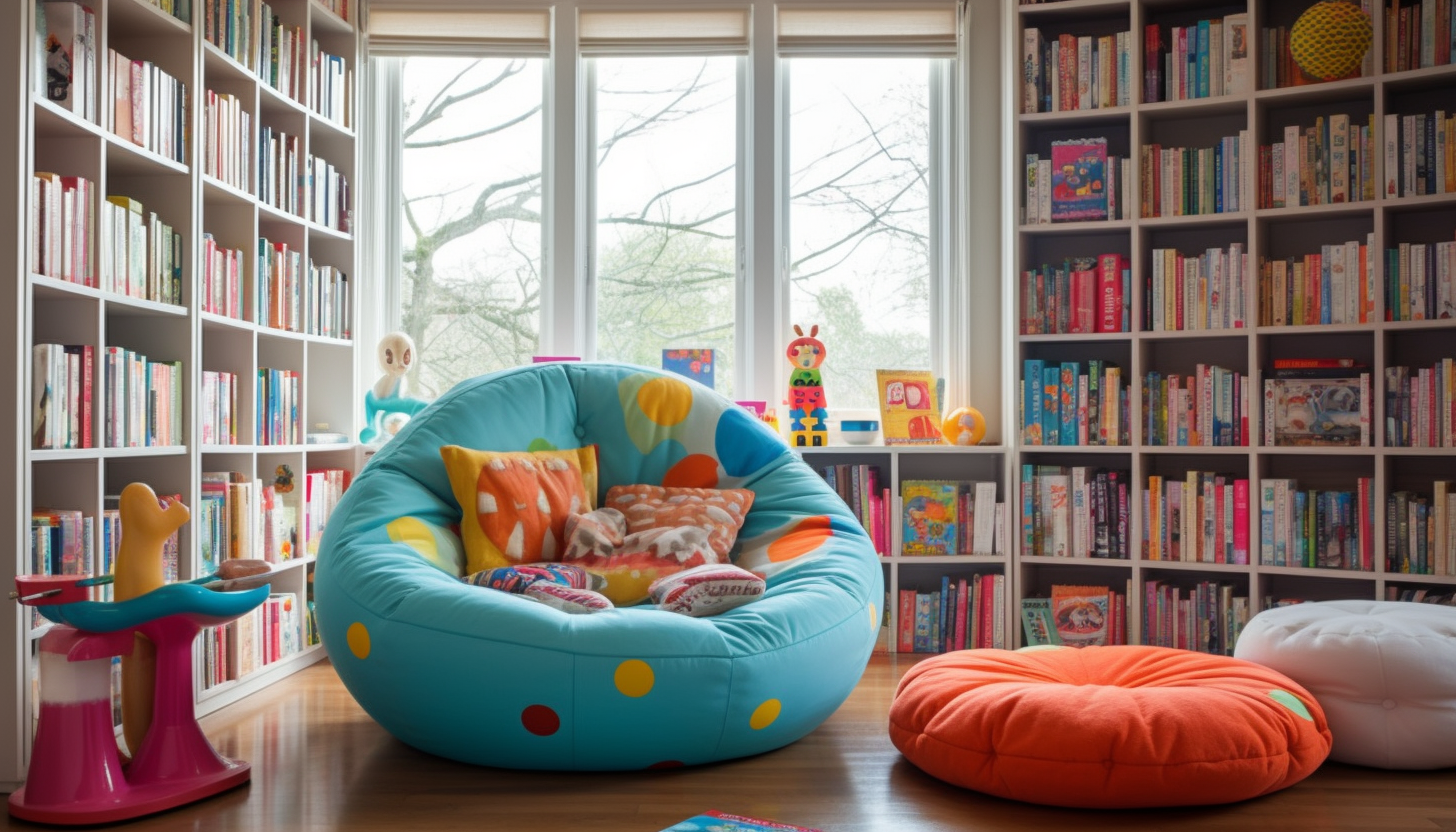P
May 28, 2023
Kid-Proofing Your Home: Finding the Balance Between Style and Function
#Kid-proofing
#Home Safety
#Child-proofing
#Safety Gates
#Door Locks
#Age-appropriate Furniture
#Family Communication Plan
#Home Safety Tips
#Creating a Safe Environment
#Ergonomic Home
#Clutter Reduction
#Sharp Objects

kid-proofing-home-thumbnail
Understanding the Need for Kid-Proofing
When bringing a new addition into the home, one of the most important tasks is to ensure the safety of the child. Whether it's a newborn, toddler, or older child, ensuring a safe and healthy environment is critical. This process is often referred to as 'kid-proofing' or 'child-proofing' and involves implementing safety measures to minimize the risk of accidents in the home. It is a comprehensive approach that involves not only the selection of age-appropriate furniture, but also the selection of suitable door locks, safety gates, and other safety devices. It also involves educating the entire family on the importance of maintaining a safe home environment and the adoption of a family communication plan in case of emergencies. It's not just about the physical safety of your child, but also about fostering a sense of responsibility and respect for the home environment.
Choosing the Right Equipment
One of the first steps in kid-proofing your home is to choose the right safety equipment. Safety gates are essential for staircases and areas where the child can easily wander off. These gates should be easy to open and close for adults but difficult for the child. Similarly, door locks should be appropriate for the child's age and abilities. They should be easy to use but difficult to pick. For the younger ones, simple door latches are a good option. Make sure all safety devices are placed at a height that is appropriate for the child's age.
Age-appropriate Furniture
It's also important to consider the type of furniture you choose for your child's room. Choose pieces that are stable, don't have loose parts or sharp corners, and are appropriate for the child's age and abilities. This can range from cribs for infants to bunk beds for older children. Make sure all furniture is securely anchored to the floor to prevent tipping. Additionally, consider using non-slip mats or rugs to further enhance safety.
Family Communication Plan
One of the most crucial aspects of kid-proofing your home is establishing a family communication plan. This plan should include information about who to contact in case of an emergency, what to do in case of an emergency, and a designated meeting place in case of separation. This plan should be discussed and agreed upon by all members of the family, including the child if appropriate. It can be a simple text message or a detailed document, but it's critical to have a plan in place. This can also act as a deterrent for young children, as they will understand that if they enter a restricted area, they will be told to come back to the meeting place. This can help prevent them from getting into potentially dangerous situations.
Ergonomic Home Design
Beyond the physical safety of your child, it's also important to consider the overall ergonomics of your home. This includes aspects like the layout of the home, the location of furniture, and the height of counters and cabinets. These factors can greatly impact the child's ability to move around safely and independently. For example, consider giving the child their own room, if possible. This will give them a space they can call their own and will also allow you to design the room around their needs. Similarly, consider the layout of the home. A straight and logical layout can make it easier for a child to navigate the home independently.
Clutter Reduction
Finally, consider the role clutter can play in the safety of your child. A chaotic environment can lead to a child getting lost or hurt. Therefore, it's critical to keep the child's play areas tidy and organized. This will not only reduce the risk of accidents but also help the child learn to organize their environment. Similarly, consider limiting the number of toys your child has at any given time. This will help prevent clutter and reduce the risk of toy-related accidents.
Conclusion
Kid-proofing your home can be a challenging but rewarding process. It's about finding the balance between style and function, creating a safe environment for your child while also respecting their growing independence. It's about educating the entire family on the importance of home safety and establishing a family communication plan. By incorporating the tips and strategies discussed in this article, you can create a home that is both stylish and safe for your child.


